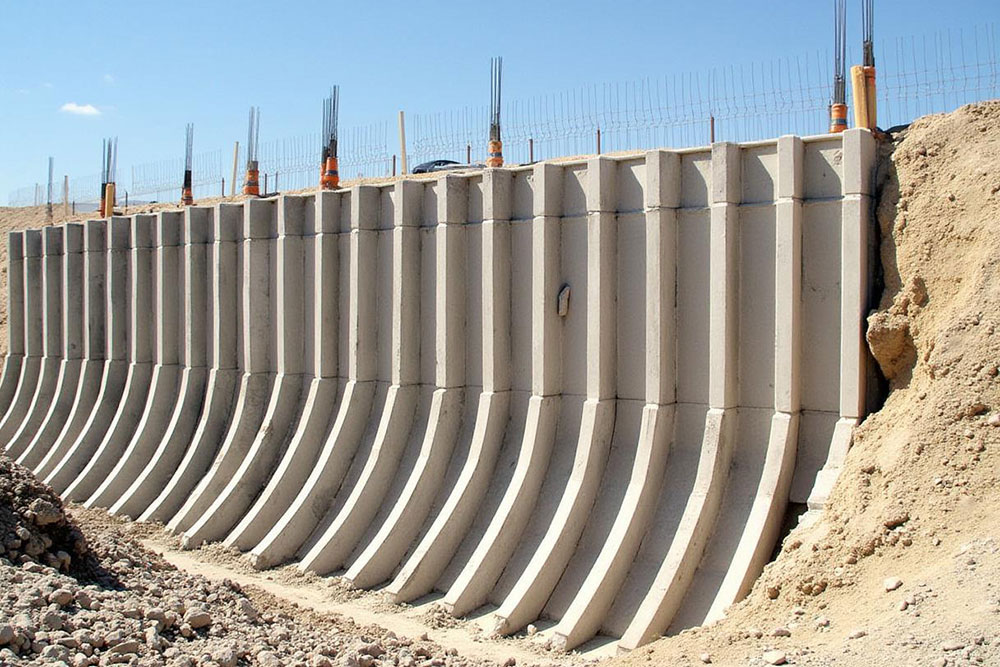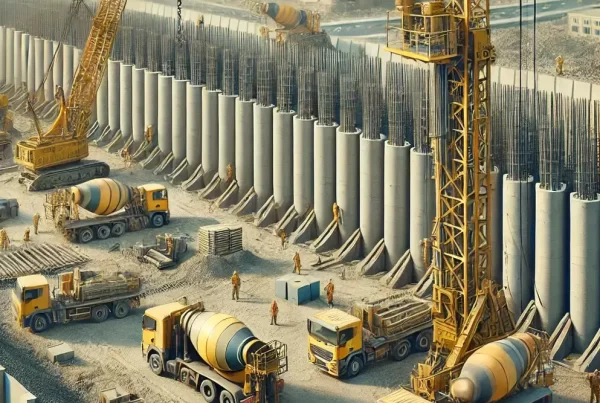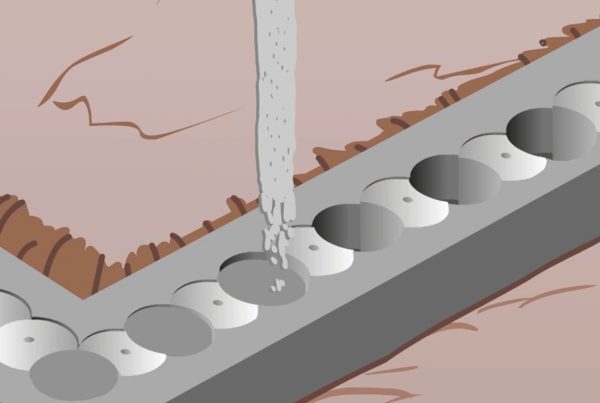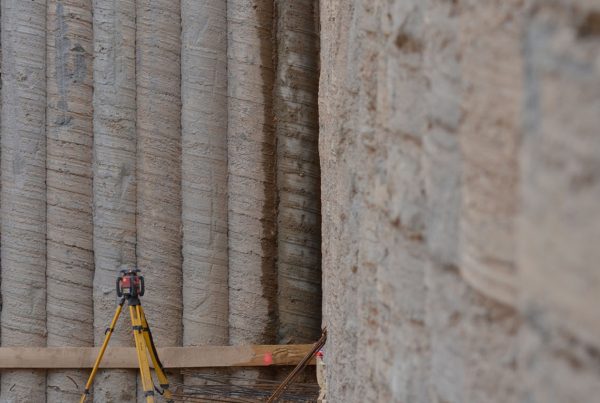Secant pile walls are widely used in construction to provide earth retention and groundwater control in challenging environments. These walls are formed by overlapping concrete and reinforced piles, creating a durable and impermeable barrier. While secant pile walls offer significant structural benefits, their installation can have environmental impacts that must be carefully managed. In regions like Congo, where ecological balance and sustainable development are crucial, understanding and mitigating these impacts is essential. This article explores the environmental considerations associated with secant pile walls and strategies to minimize their ecological footprint.
1. Key Environmental Impacts
The construction of secant pile walls can affect the environment in several ways, particularly in terms of soil disturbance, water table alteration, and carbon emissions from construction activities.
1.1 Soil Disturbance
The drilling process involved in creating secant pile walls can lead to soil displacement and potential contamination if not managed properly. Excess soil must be transported and disposed of responsibly to prevent environmental degradation.
1.2 Groundwater Disruption
Secant pile walls often serve as groundwater barriers, which can disrupt natural water flow patterns. This may impact nearby ecosystems that rely on consistent groundwater availability, particularly in areas like Congo where wetlands play a critical ecological role.
1.3 Carbon Emissions
The equipment used for drilling and concrete production contributes to carbon emissions, adding to the environmental impact of the project. Efforts to reduce emissions during construction are vital for minimizing the overall environmental footprint.
2. Strategies to Minimize Environmental Impact
To address the environmental challenges associated with secant pile walls, construction professionals can adopt several strategies to reduce their impact on the environment.
2.1 Use of Sustainable Materials
Incorporating eco-friendly materials, such as recycled aggregates and low-carbon concrete, can significantly reduce the environmental impact of secant pile walls. These materials help lower carbon emissions and promote sustainable construction practices.
2.2 Proper Groundwater Management
Implementing effective groundwater management systems ensures that natural water flow is minimally disrupted. Techniques such as dewatering and controlled discharge help maintain the ecological balance of surrounding areas in regions like Congo.
2.3 Noise and Vibration Control
The construction of secant pile walls generates noise and vibrations that can disturb nearby communities and wildlife. Using advanced drilling techniques and soundproof equipment can minimize these disturbances, particularly in urban areas or sensitive ecosystems.
2.4 Efficient Waste Management
Proper disposal and recycling of excavated soil and construction debris reduce the environmental burden of the project. Establishing clear protocols for waste management ensures compliance with environmental standards.
3. Case Studies in Congo
In Congo, several infrastructure projects have successfully incorporated environmental mitigation strategies during the installation of secant pile walls. For instance, urban development projects in Kinshasa have used low-carbon concrete and efficient drilling techniques to minimize their impact on local ecosystems. Similarly, groundwater management systems have been employed in wetland areas to protect biodiversity while maintaining construction timelines.
Conclusion
Secant pile walls are a vital component of modern construction, providing essential support and groundwater control for challenging projects. However, their environmental impact must not be overlooked. By adopting sustainable materials, effective waste management, and innovative construction techniques, it is possible to minimize the ecological footprint of these structures. In regions like Congo, where environmental conservation and development must go hand in hand, thoughtful planning and execution of secant pile wall projects are essential for achieving sustainable construction goals.






